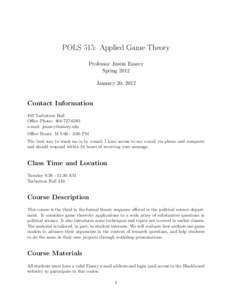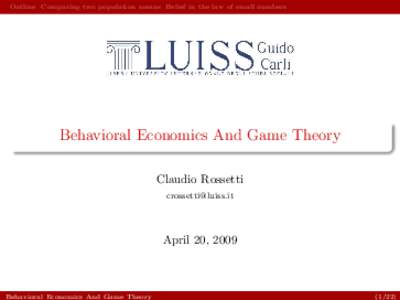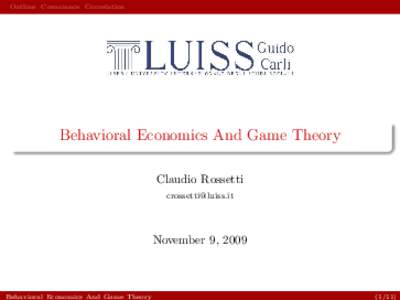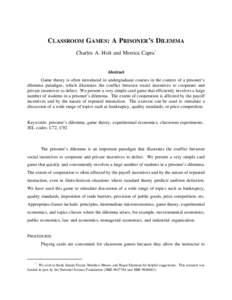<--- Back to Details
| First Page | Document Content | |
|---|---|---|
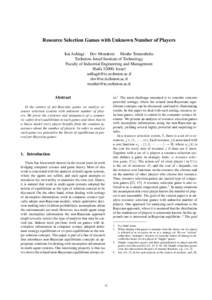 Date: 2009-12-16 17:13:06Game theory Mathematics Bayesian game Nash equilibrium Potential game Solution concept Price of anarchy Congestion game Mechanism design Minimax Symmetric game |
Add to Reading List |
 C:/Pat_at_portable/latex/EnglishPub/MarkovMbid/latex8.dvi
C:/Pat_at_portable/latex/EnglishPub/MarkovMbid/latex8.dvi
